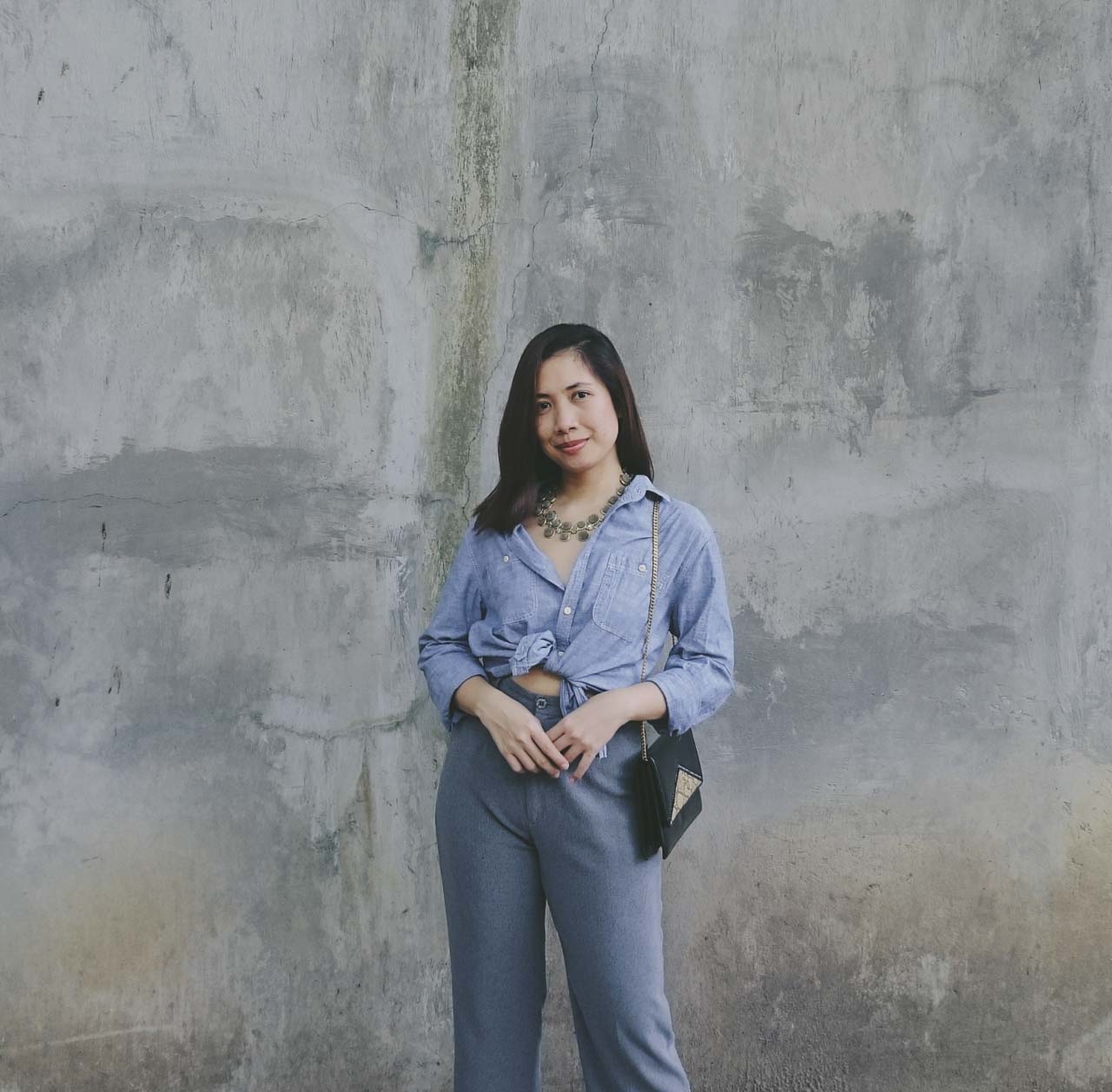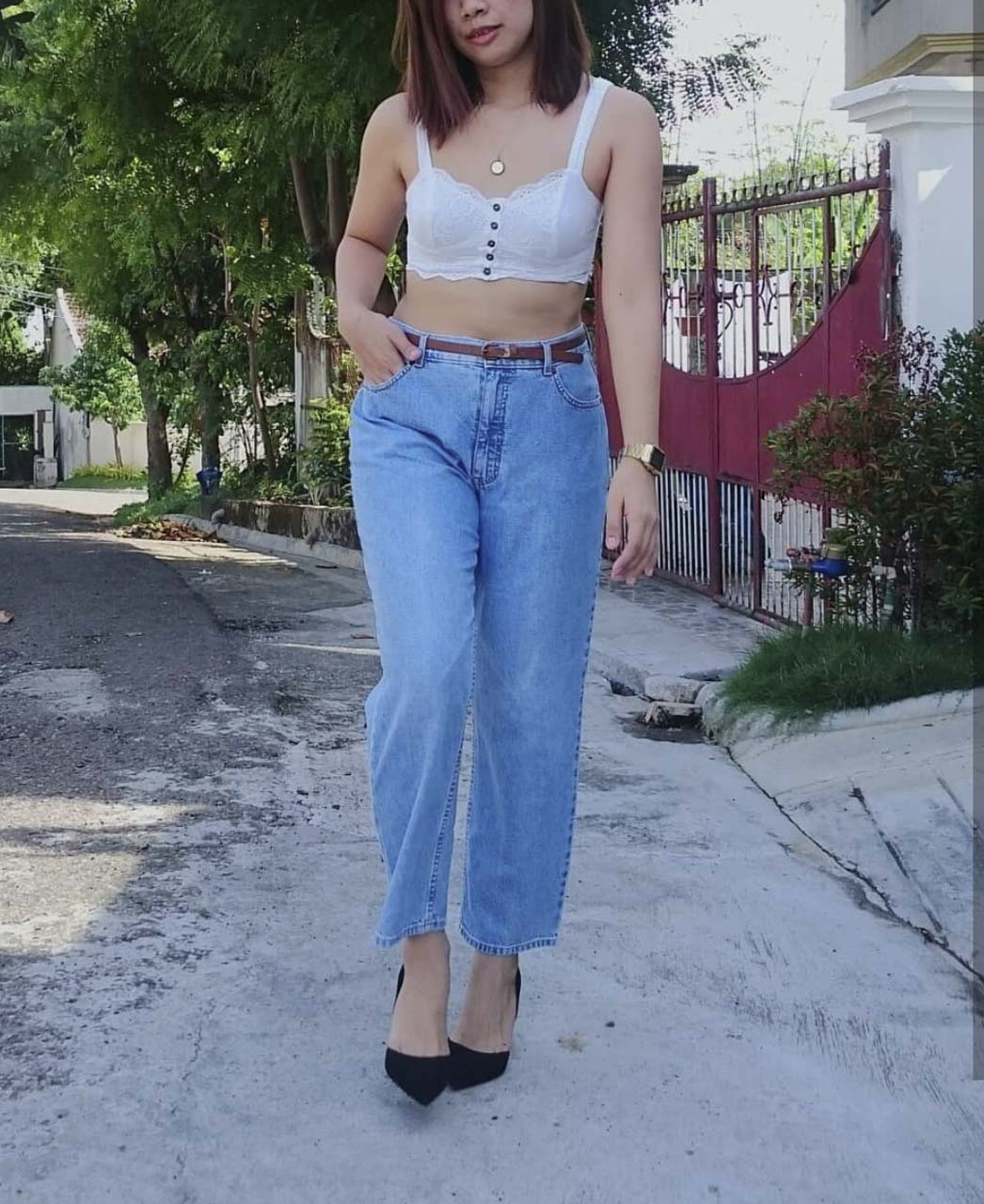Slow down, sashay on

A closet full of clothes and not a thing to wear—it’s a problem of Carrie Bradshaw proportions, but nothing that a trip to the mall or online shopping can’t easily fix, right?
Welcome to the age of instant gratification, where disposable income is king and fast fashion, its kingdom. At present, the global fashion industry is valued at US$1.55 trillion and employs over 300 million around the globe. And yet, it’s a false Utopia that most of the population is yet to acknowledge.
Research shows that only two per cent of fashion workers earn a living wage, while more than US$500 billion a year is lost in underutilized clothing. The latter equates to approximately 30 per cent of mass-produced — a.k.a. fast fashion — items going unsold and ending up in landfills. Moreover, the fashion industry causes 10 per cent of the world’s carbon emissions, while current manufacturing processes are responsible for a third of industrial water pollution and 35 per cent of the microplastics found in the ocean.
With fast fashion as one of the environment’s biggest threats, the solution seems obvious: When the problem is fast, go slow. Indeed, slow fashion encourages consumers to be more conscious of the processes and resources involved in the fashion supply chain and ultimately make more sustainable and ethical buying decisions. Slow fashion is not limited to a stringent eco-philosophy. Instead, it encompasses a handful of buying practices that support fair labour practices and reduce waste (at the very least), such as buying garments made of natural and sustainable materials, shopping local and independent, and repurposing thrifted or vintage clothing.
But like most significant changes, slow fashion has been, well, slow in gaining real momentum. Among the movement’s biggest challenges is, of course, economics. Fast fashion costs less and is, therefore, more accessible across income brackets. However, saying that slow, sustainable fashion is ‘classist’ and ‘only for the privileged’ is a misnomer that Style FIGJAM aims to obliterate.
Indeed, it takes a special kind of courage to go slowly against the grain and take on big-brand, fast fashion, one affordable vintage piece at a time. It’s the kind borne out of passion for an industry that doesn’t always deserve it and a genuine concern for the earth’s welfare.
It is this particular brand of courage that Nowi Burgos has in spades, channelled into building a brand as practical as it is daring and as sustainable as it is stylish.
Interestingly, Burgos doesn’t capitalize on the eco-friendly rhetoric—and she doesn’t have to. Her discerning eye unfailingly leads her to sartorial treasures where few have the tenacity to look. These finds make up Style FIGJAM’s capsule collections, which she painstakingly styles, models, and photographs herself. Blink and they’re gone—that’s how unique these collections are.
Style FIGJAM is Burgos’ latest, most ambitious, and most enduring clothing brand to date. And what a strange brand it is! FIGJAM, an acronym for ‘Fuck! I’m Good. Just Ask Me,’ was something Burgos picked up from a book. She then built her brand around the confidence of this statement.



“I wanted to empower men and women alike to dress how they want to dress and not shame themselves for sticking to a budget while looking good at the same time,” she explained.
Burgos has been selling clothing online since 2008, but her initial foray into vintage buying and selling was accidental. Facing supplier problems and heavy customer demand, she sold thrifted clothing from her closet. It was a hit. Soon, she met another dilemma: She couldn’t satisfy her customers’ requests for restocks as these were one-of-a-kind vintage pieces—something she failed to disclose at that time.
“I felt like I cheated my clients because I couldn’t tell them that those items were thrifted. I think, in my head, I feared they will dislike the brand and myself altogether because I was selling them thrifted finds. I was heavily criticizing the opportunity before it could officially take off,” Burgos said.
In time, the conversation on environmental challenges amplified, and so did Burgos’ awareness of the fashion industry’s effects on the planet. “I didn’t realize until then that my usual weekend thrifting activity could also help mitigate these effects.”
The rest, as they say, is history.
It’s a Sunday night, and Charly Villano, a long-time Style FIGJAM shopper, eagerly awaits Instagram uploads of the new collection. “The first person to call dibs on a garment gets to buy it, so if something catches my eye, I can’t hesitate. You snooze, you lose,” Villano said.
It sounds like a simplistic system, but the friendly competition it fosters seems to work well with Style FIGJAM’s intimate clientele. “At first, I was envious of other sellers with thousands of followers. But over time, I’ve realized that since I was doing this as a side hustle, with plans of switching it to an actual stream of income in the future, I might as well enjoy the pace,” said Burgos.
It also guarantees that Style FIGJAM’s objectives remain at the forefront. “The people I’ve met and who have supported the brand are creative and passionate and understand what it means to go slow [fashion] and the impact it has on one’s well-being and the environment. The last part is something a bit difficult to fathom for others.”
But Burgos remains optimistic: “I think I’d like people to become more self-aware of their buying patterns, their intentions for going slow, and how they can incorporate it into their daily lives. Fashion is still a form of self-expression, and going slow does not mean abandoning the stuff that makes you happy — it’s more of self-expressing with intent and value.”